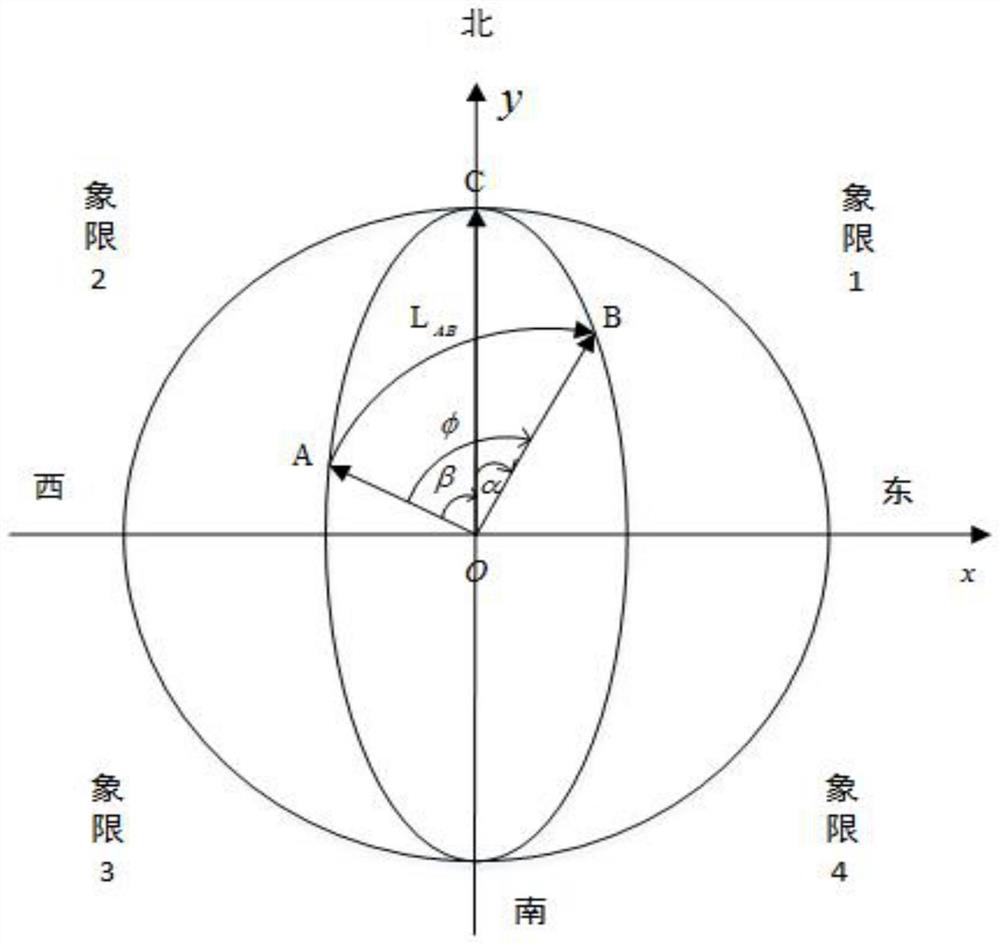A Terrain Correction Method for Meter-Wave Radar Based on Digital Elevation Model
A digital elevation model and meter wave radar technology, applied in radio wave measurement systems, instruments, etc., can solve problems such as large computational load, difficult terrain correction, and reduced angle measurement accuracy, and achieve the effect of simplifying the correction process and reducing the correction cost.
- Summary
- Abstract
- Description
- Claims
- Application Information
AI Technical Summary
Problems solved by technology
Method used
Image
Examples
Embodiment Construction
[0027] Step 1, format the ADS-B data and store it in the same array as the DEM data.
[0028] Determine the meter-wave radar, there is a flying target within the detection range of the meter-wave radar, and obtain the ADS-B data of the flying target. The data obtained after continuous monitoring of the flight process of the flight target, the ADS-B data of the flight target includes the flight number Num, time, latitude and longitude (ω, υ) and altitude real_H of the flight target; first, it will be obtained through ADS-B technology The ADS-B data of the flying target is converted into coordinates to obtain the distance and azimuth information of the flying target when the metric wave radar is used as the reference point.
[0029] Coordinate transformation first needs to establish a coordinate system such as figure 2 As shown, the spherical coordinate system oxy is established with the center of the earth O as the origin, in which the line passing through the center of the e...
PUM
 Login to View More
Login to View More Abstract
Description
Claims
Application Information
 Login to View More
Login to View More - R&D
- Intellectual Property
- Life Sciences
- Materials
- Tech Scout
- Unparalleled Data Quality
- Higher Quality Content
- 60% Fewer Hallucinations
Browse by: Latest US Patents, China's latest patents, Technical Efficacy Thesaurus, Application Domain, Technology Topic, Popular Technical Reports.
© 2025 PatSnap. All rights reserved.Legal|Privacy policy|Modern Slavery Act Transparency Statement|Sitemap|About US| Contact US: help@patsnap.com



